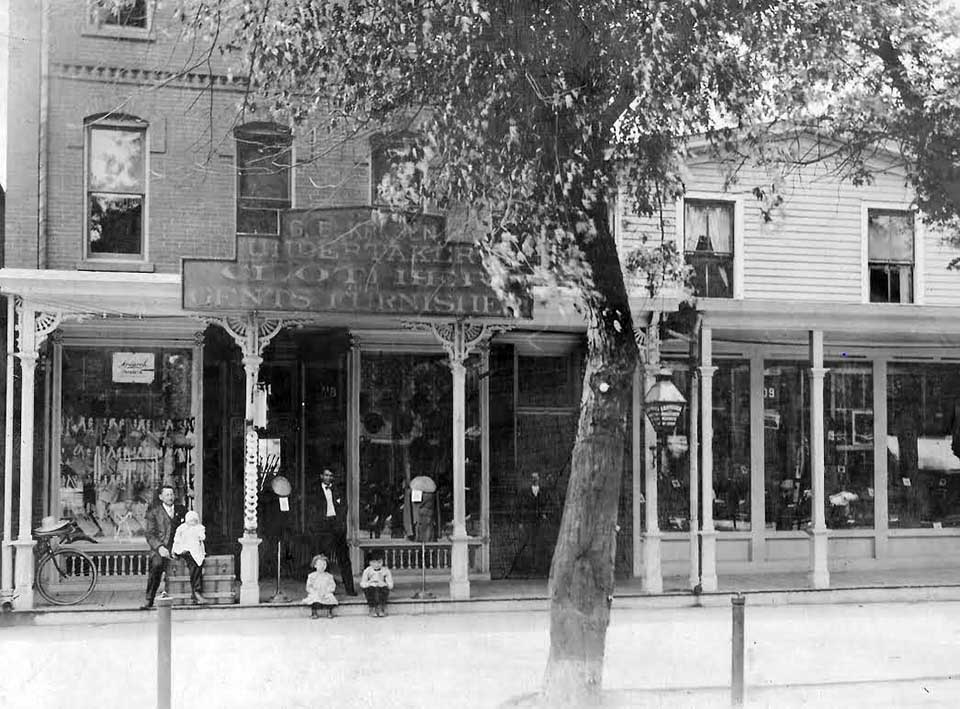“’Til Death Do Us Part” Exhibit To Open at Museum

 When the Vineland Historical and Antiquarian Society museum reopens to the public on February 2, its latest exhibit will focus on 19th century mourning customs. Titled “’Til Death Do Us Part: Victorian Mourning Customs in America,” the exhibit will examine traditions still practiced by many today.
When the Vineland Historical and Antiquarian Society museum reopens to the public on February 2, its latest exhibit will focus on 19th century mourning customs. Titled “’Til Death Do Us Part: Victorian Mourning Customs in America,” the exhibit will examine traditions still practiced by many today.
“We feature some unique objects such as the photograph of Henry Meigs Landis in his coffin and a death mask that was created for Joseph Richard Brognard, an ancestor of Joseph Simpson, the Vineland man who invented Skee-Ball,” said Patricia A. Martinelli, Society curator.
The exhibit will include a variety of artifacts related to the death of Henry Meigs Landis, the firstborn son of Charles and Clara Meade Landis, who died of cholera shortly before his first birthday. It will also showcase examples of black glass jewelry, engraved nameplates from local tombstones and black-trimmed invitations to funerals that were mailed to family members and friends.
Many of the rituals familiar to us in the 21st century were started by Queen Victoria of England after she lost her husband Prince Albert. She mourned him for 40 years before her own death in 1901. Victoria established the practice of wearing black mourning clothes and having a specific mourning period. This usually lasted for about one year although a husband was generally expected to marry again more quickly after losing a wife.
The museum will return to its regular schedule in February:
• Appointments must be scheduled in advance for research or tours on Wednesdays, Thursdays and Fridays,
• Free public tours of the museum will be offered at 1, 2 and 3 p.m. on Saturdays.
For further information, contact the Society at 856-691-1111 or [email protected].








